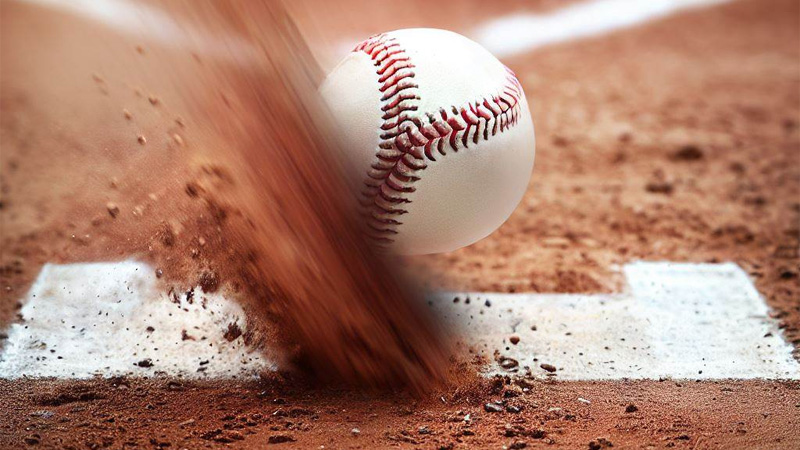Tell us a few cases when the batter becomes the runner in a baseball game. You probably can’t; especially not when you are unaware of the dropped third strike rule in baseball.
For someone who has become a new fan of baseball or starting with this sport, it is essential to know about such rules of the game. Thus, we are going to talk about the Dropped Third Strike Rule – the most unpredictable and controversial twist of the game.
Don’t worry! We are not going to open up an encyclopedia before you and put up terms that you find hard to understand. We will make sure you understand everything with our reader-friendly guide.
Getting Used to Baseball Terminology
We know you want to learn more about the baseball game. And, that’s why you are here. Before we dive deeper into it, it is important to know about the baseball terms.
There are 9 standard orientations in a baseball game. Having full knowledge about this sport’s terms will guide you throughout the play and cheer to your fullest. Here we go,
Pitcher:
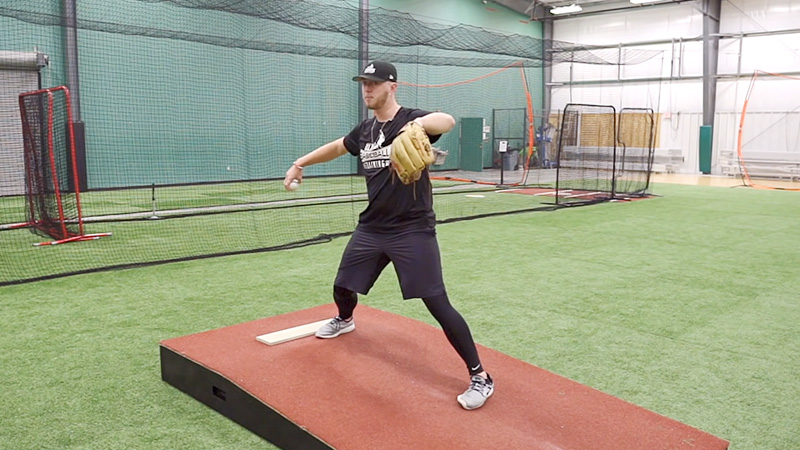
The pitcher in baseball is also known as the ‘hurler’ or ‘moundsman. Their job is to start the game by throwing the ball toward the batter.
Good pitching is important as it is said that pitchers can manipulate the tempo of the game. Moreover, good pitching can increase the success rate of the game to 75-90% of the game. That’s why you will find the finest team players in a baseball game as the pitcher.
However, pitchers can have multiple roles – generally their role starts as a starting pitcher or a relief pitcher (the one who replaces another player during the game).
Catcher:
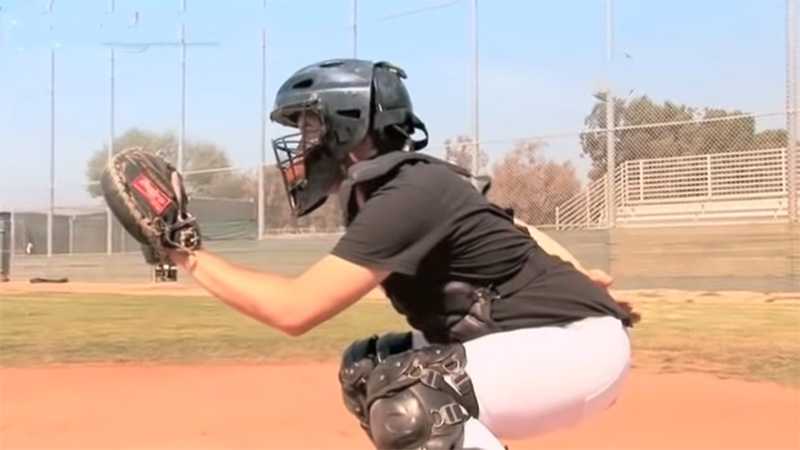
You can already assume by the name what a catcher does in baseball. The job of the catcher is to receive the ball from the pitcher. He takes position behind the home plate and also ensures baserunners can’t steal the show.
For catchers, it is important to fill the position with players with high stamina and powerful arms. Don’t get us wrong when you notice macho men in this role.
Baseman:
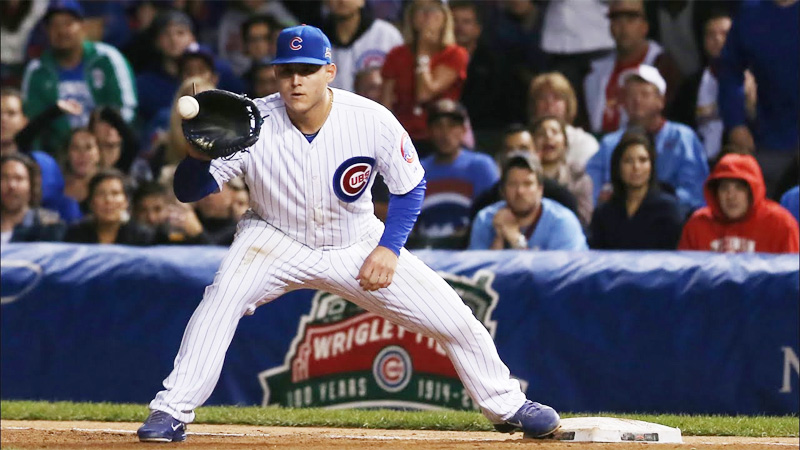
There are three bases in baseball. Thus, it needs three basemen to complete the game. You will see three basemen taking their positions as defined by:
First Baseman: The first baseman is indicated as 1B and his position is marked 3 while scoring. His primary job is to close the first base. However, the first base is always less demanding than the other two bases.
Second Baseman: The player in charge of the second base stays close (especially on the right side) to the second job. His job is to secure the second base as it is the key defensive part of the game and ranked 4 in the score. They are also known as 2B.
Third Baseman – 3B: Now, here’s the third baseman who plays it all defensive and stays close to the third base. The position is ranked 5 when scoring. However, despite the high score, it is considered less challenging than second base.
Shortstop:

Apart from the Pitcher and Catcher, Shortstops are recommended as the most important defensive position in baseball. They take place on the left side of the second base and their position is 6 in the scoreboard. In short, they are abbreviated as SS.
Fielder:
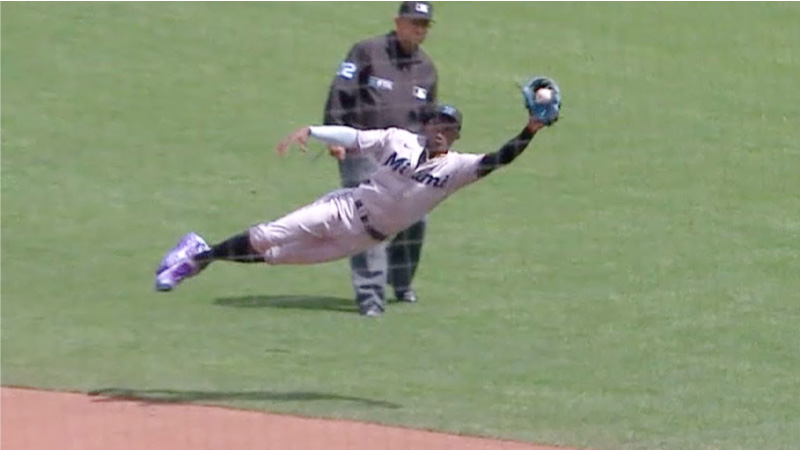
In baseball, there are three fielders in the game and considered the most important positions. They are the players in defense and there are three of them.
Left Fielder: In short (LF and Position 7), the left fielder takes his place between and on the back of the shortstop and the third baseman. They are usually noted on the left side of the outfield. Also, covering a lesser range in the game.
Center Fielder: The center fielder finds his place between the left fielder and the right fielder. However, their position may change due to the hitting behavior of the batter. In short, they are indicated as CF and ranked 8 in position.
Right Fielder: The player in this position occupies a much deeper position – between the second and right baseman. The right Fielder plays in the outfield and is abbreviated as RF with the number 9.
These are the major positions in a baseball game that everyone should be well-informed of. However, there are additional positions such as designated hitter, pinch hitter, and pinch runner.
Like the Dropped 3rd Strike Rule there are different rules in Baseball, and they are often applied to the game. However, keep in mind that these players are driven more by practice and experience. Rules define them less than their expertise in meeting challenges and strategies.
Please make sure you are also familiar with the terms mentioned below:
- Batter: Now, Batter is the one who is directly related to the Dropped Third Strike Rule in Baseball. We will get to that point in the next section of our article. The batter is in charge of attempts to hit the pitches directly thrown by the Pitcher. He stands next to home plate and plays a central role in the game.
- Double Play: It happens in baseball when two offensive players are eliminated in the same play. Double play can happen in different ways but the most common formation is 1-2-3 (Pitcher – Catcher – First Baseman).
- Inning: In baseball, an inning takes place when the first three batters are released from duty one after one.
- Curveball: An attempt to break down a pitch as it gets closer to the plate in a direct line.
- Strikeout: When a batter receives three strikes and is subsequently dismissed, you know it as a strikeout.
- Tag: Touching a runner with the baseball (while wearing a glove or barehanded) in order to get them out.
- Third Strike: When a batter strikes out and the catcher misses the pitch as it cuts through the air.
- Umpire: In baseball, MLB provides three umpires for seasonal plays. Umpires are also referred to as the ‘blue’ of the game.
Now let’s narrow down to the main subject of this article – Dropped Third Strike Rule in Baseball. Though there are several other rules in baseball – Four-Ball Rules, Infield Fly Rules, Balk Rules, Home Run Rules, and some others like the Tag-up Rule, our point of focus is on Dropped Third Strike Rule today and we will describe why.
Dropped Third Strike Rule in Baseball – The Unexpected Twist
Also known as, the uncaught third strike, Dropped Third Strike Rule in Baseball imposes an interesting controversy in the history of baseball. It is defined under Rule 5.09(a)(1) in Major League Baseball (MLB) and can only happen on a strikeout pitch.
To put it simply, the Dropped 3rd Strike Rule occurs when the batter swings at and misses the third strike, but the catcher also fails to catch the ball cleanly. Now from this scenario, there are several cases arise:
Case 1: The Ball Hits the Ground
When the catcher misses and the ball touches the ground on the 3rd Strike, the batter is allowed to run to first base.
Case 2: Catcher Recovers the Ball
Here! You can’t rule out the possibility for the catcher to recover the ball. In this case, when the catcher recovers the ball and throws it to the first baseman; that’s all when the batter doesn’t arrive at the base, he is retired – OUT!
Case 3: Batter Makes to the Base
This is where the twist comes in. Let’s assume the catcher recovers the missed ball and throws it to first base, but all in a while the batter reaches first base. He is still in the game. And, no out is granted to the opposing team.
This is all about the Dropped 3rd Strike Rule in Baseball. But there is something you should know about. The Dropped Third Strike Rule applies only under these conditions according to Rule 6.09 (b) – (1) & (2).
- There are two outs with the first base occupied.
- There is one out and the first base is empty.
- Meanwhile, a batter who is unaware of the situation and doesn’t make a move toward first base will be declared out upon leaving the circle around home plate.
The purpose of these conditions is to prevent any unfair advantage for the defense. Without the dropped third strike rule, the defense could intentionally drop a third strike with two outs and can throw out the batter at first base, resulting in an easy out.
This rule ensures that the batter has a fair chance to reach base, thus balancing the game between offense and defense.
Now, we are all clear about this twisted rule in baseball. But don’t you want to know where this rule comes from? This next part will guide you through it.
Where Did It All Begin?
There is an interesting story behind the Dropped Third Strike Rule. Eager to know?
Dropped Third Strike Rule was first introduced in the 19th century when the rules of baseball were still in the process of being standardized.
In 1878, according to the Baseball Rules, “The batsman shall be declared out by the umpire … if after three strikes have been called, the ball be caught before touching the ground or after touching the ground but once.”
However, in 1879, this clause was improvised and revised to the part “or after touching the ground but once.” But, this too went through several changes until 1885, when the new third-strike rule took place.
Thus, throughout the 1880s’, it was implemented when the batter became a runner, that too when three strikes were declared by the Umpire. This was something Gutsmuths, a German physical education advocate described earlier in 1796 in his book.
The rule’s evolution is a testament to the game’s adaptability. It reflects the underlying principle of fairness and ensures that a batter is not penalized solely due to the catcher’s failure to secure a caught third strike.
Does Dropped Third Strike Rule Serve Pitchers Right?
Dropped Third-Strike Rule has been standing for a long time now. However, it is still not free from criticism and controversies.
Baseball critics have been over the Dropped Third Strike rule for some time. They point out that the rule provides an unfair advantage to the batter, suggesting that a strikeout should be a definitive out, regardless of whether the catcher catches the ball or not.
On the other hand, supporters of the rule argue that it adds an element of excitement to the game, allowing for unpredictable outcomes and keeping fans engaged until the last possible moment.
| John Wetteland, a former American baseball pitcher stated in an interview that, a batter who is down on strikes has performed no better to deserve the first base, just because they couldn’t hold a clean catch doesn’t mean the batter gets the base. |
It is obvious that pitchers may feel frustrated and discouraged when they believe they have successfully struck out a batter, only to see them reach base due to a dropped third strike. This frustration can potentially impact their confidence and performance on the field.
While its presence has generated occasional debates and controversy, its roots can be traced back to the sport’s early days. Ultimately, the rule reflects baseball’s ongoing commitment to maintaining a delicate balance between individual teams and opposing parties.
Dropped Third Strike Rule: The Most Unpredictable Move in Baseball
While some spectators find the Dropped Third Strike Rule exciting and thrilling, others argue that it can lead to arbitrary outcomes.
Not to mention that, this rule has also influenced the strategies in the game. For pitchers and catchers, the dropped third strike rule serves as a reminder to be cautious and guarantee a secure catch, even on the third strike.
Furthermore, baserunners must remain alert to the possibility of an opportunity to advance when the catcher fails to make a clean play.
So, what do you think about this twisted rule of baseball? Do you think it is for the betterment of the game’s progress? Adds thrills and chills to the game? Or, are you someone who agrees with the critics? And find Dropped 3rd Strike Rule serves wrong to the pitchers?
Let us know your opinion. Leave a comment below so we can start a discussion on the point.

